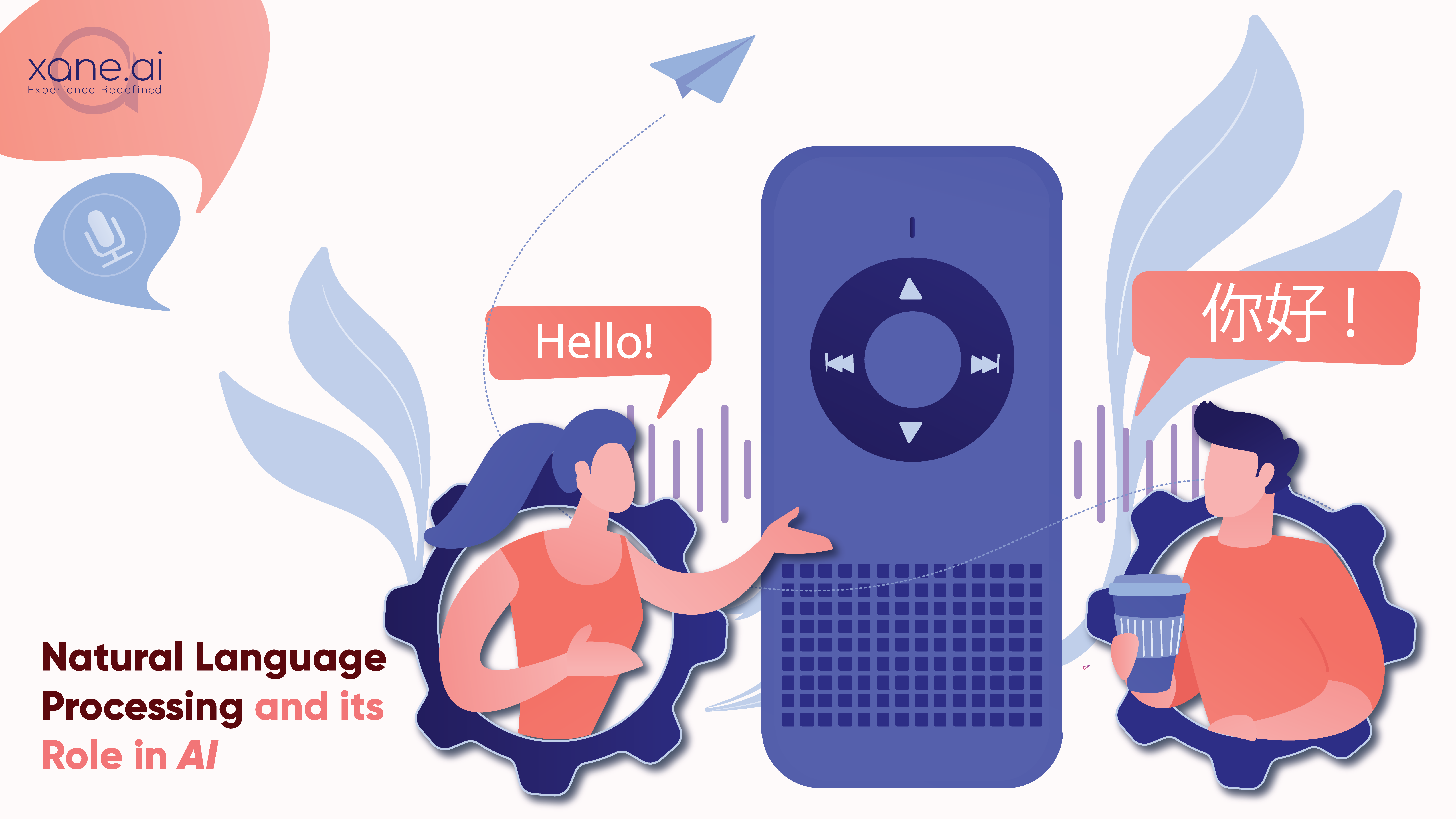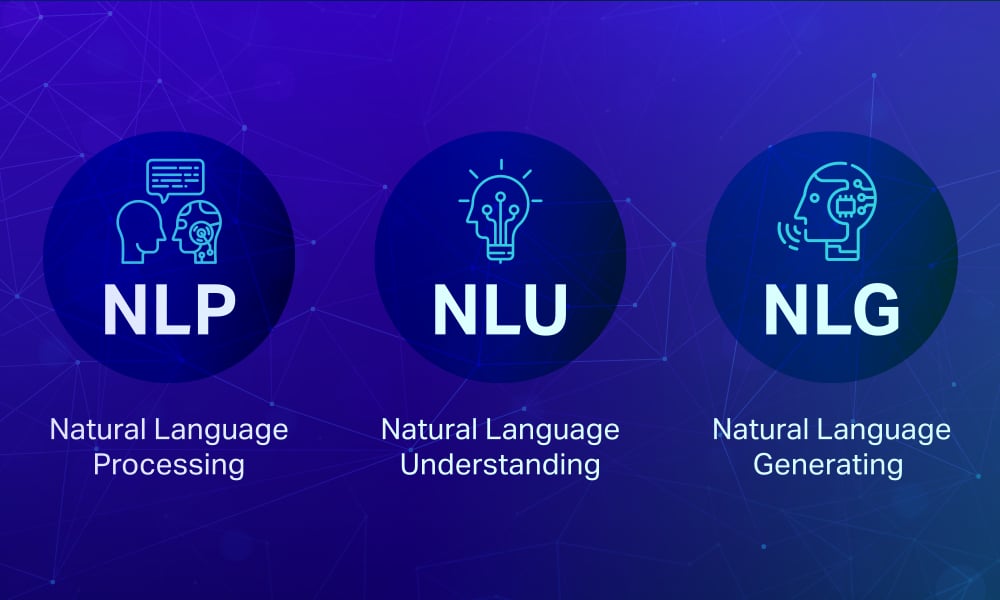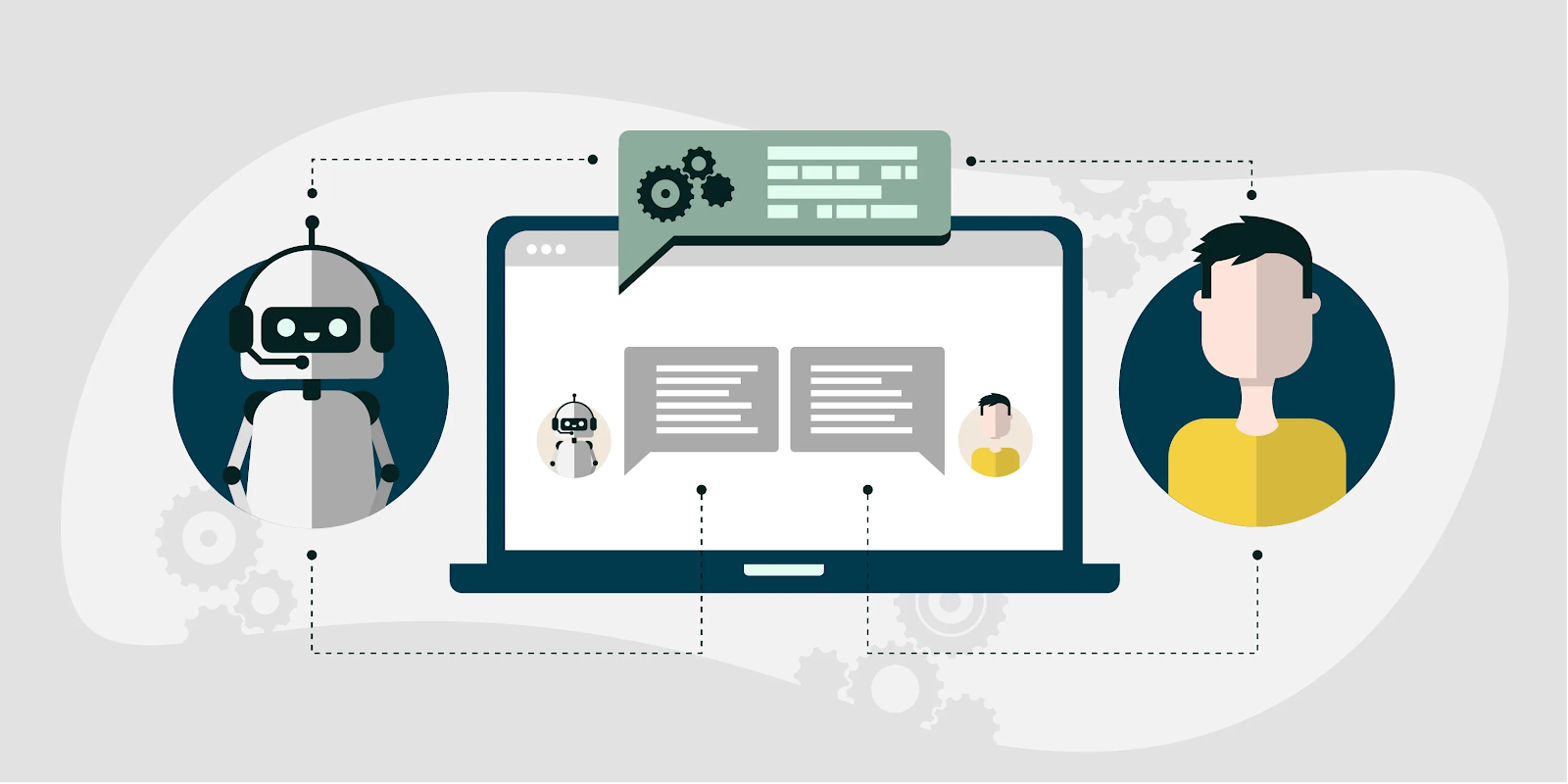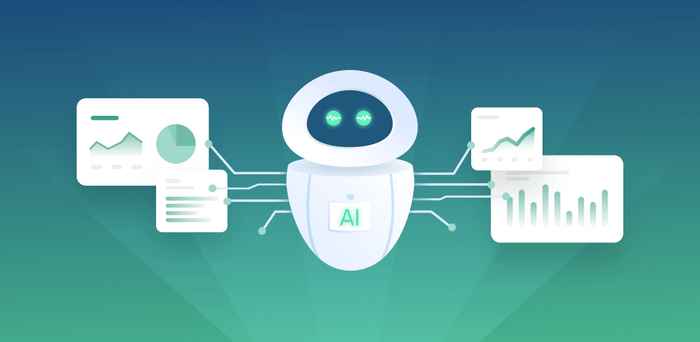
29 Aug Natural Language Processing and its Roles in AI
Blog by Oluwasegun Oke
Natural Language Processing is a subdiscipline of AI which can help computers process input information to learn and understand human language, and it can also be deployed to translate text and audio inputs – in the form of big data – to a digitally friendly output in real-time, without any human intervention. In essence, this tool integrates several fields, which include computational linguistics, machine learning models, statistics, and deep learning algorithms to understudy most unitary terms and then simulate complex assignments, for a broad range of devices, applications, machines, and so on.

For example, digital assistants, self-driving cars, voice recognition systems, and speech-to-text software, are just a few of the technological innovations that are heavily reliant on NLP technology, helping to save cost and valuable time, along with providing a form of security, hence bringing onboard actionable ideas, and innovations, using the power tool of text data analysis, lexicons, semantic analysis, automation and the ease of achieving compatibility to detect unstructured big data, for pattern identification within any subject, in a bid to respond to the speaker or writer’s commands. This understanding and processing of diverse human languages enable NLP to prompt any computer programs to streamline and perform routine business operations, to meet demands and enhance productivity, like converting a huge volume of document text (unstructured data) to its actual commercially useful digital format.

Therefore, Natural language processing (NLP) helps computers interact in a seamless, automated and predictive way by taking input commands from a human speaker or writer and processing desirable outputs through iterative learning. And in this blog, we will discuss NLP applications, and systems, alongside their functionalities, and how their use cases are being designed, implemented and deployed to bridge the interactive distance between humans and machines.

Natural Language Generation (NLG)
It refers to the algorithmic development of meaningful phrases and sentences from unstructured data. The three stages involved are as outlined.
- Text Planning: Retrieving applicant content as suggested by commands.
- Sentence Planning: Coming up with correlative phrases and coordinating the sentence tone.
- Text Realisation: Ensuring sentence plans match their output structure.
Some of the use cases of natural language generation technology include analytics platforms, machine translation tools, chatbots, sentiment analytic platforms, and AI-driven transcription tools.
Natural Language Understanding (NLU)
It is a field of AI that facilitates the extraction of metadata from content, for machines to analyse and interpret human language. The tasks it carries out are as follows:
- It organises and executes the input of natural language to create valid representations.
- It facilitates the analysis of a wide variety of constituents of natural languages.
How Natural Language Processing Works
It is a subdivision of AI that can take centre stage by adjusting to different machine model simulations, according to the subject of analysis. Also, the various analyses to be made and their respective algorithms as leveraged include the following:
- Syntax Analysis: It engages the sentence of input data through grammatical rules that apply to each, to produce text meanings from different commands.
- Sentiment Analysis: It is deployed in analysing social media posts and online reviews to analyse the tone and intent of the input data.
- Semantic Analysis: It gives machines the capability to understand the literal meanings behind words and phrases to a greater length.
- Lexicons: It shows the emotion behind any list of words.
- Word Sense Disambiguation: A computational linguistic function that determines in what context a particular word is being used.
- Lemmatization: A tool that ascertains the context behind a sentence and connects it in real-time with literal meanings as depicted in the dictionary.
- Stemming: It determines the root of a word by analysing the end or the beginning.
- Summarization: It is leveraged to get a summary in a vast amount of text data.

This way, assigned algorithms can fully develop increased capabilities for learning more about different input text data patterns and relationships unfolding in them, from the context and analysis point of view, with true meanings of words, phrases, and sentences.
Natural Language Processing (NLP) Examples
NPL is known to be the engine room behind many advanced technological innovations and programs. In any case, we will now highlight some notable examples.
Voice Assistants: A tool that responds using natural language generation after utilizing its speech recognition tools to analyse patterns of voice commands. Examples of these tools are Alexa and Siri.

Language Translation: It allows for the translation of one language to another utilizing the powerful tool of natural language processing to capture both the meaning and timeframe of the input language.
.jpg)
Text Extraction: A feature enriched with semantic analysis to discover and reveal pre-defined information text. It also doubles as a resourceful tool for the extraction of keywords and other related entities from vast amounts of data.

Autocomplete Tools: A functionality that ensures that the next words of text users’ type are auto-suggested based on what is being sensed by the predictive models involved.

Content Moderation: It is introduced to effectively monitor a large volume of user-generated content. An example is used in regulating assessment using content filters to block controlled text and spam.

Sentiment Analysis: Organizations deploy it to understand patterns associated with social media posts, and product reviews, among other events, which are then used to analyse recognizable patterns and understand how consumer sentiments and behaviours affect sales. Hence the insights gained allow them to improve their subsequent marketing performance.


